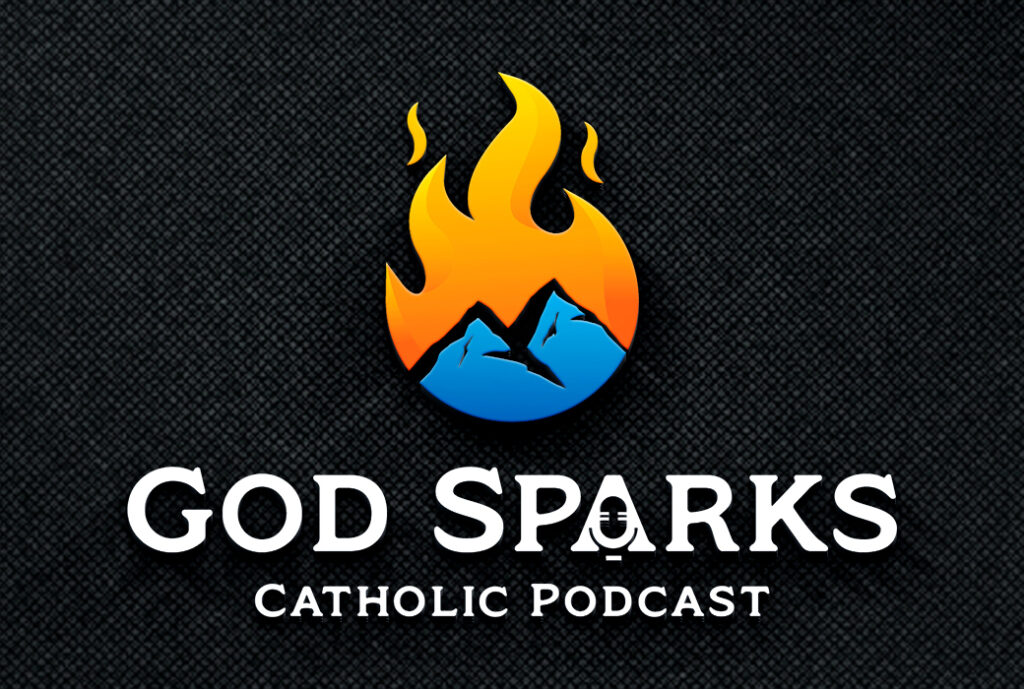History of The Divine Mercy Chaplet
Today, known all over the world as the Apostle of Divine Mercy, St. Sister Faustina Kowalska arouses the admiration of many people who ask themselves, “How could a simple nun go to the whole world and talk about God’s love?” Fascinated by the simple and direct way in which St. Faustina talks about God in her “Diary,” people wonder how such a poorly educated woman overcame all the internal and external obstacles she faced with such remarkable determination in order to convince the 20th-century modern man, terrified by the horrors of war, rape, and violence, of the need to turn to the Divine Mercy.
Saint Faustina Helena Kowalska was born on August 25, 1905, in the village of Głogowiec, Poland, as the third of ten children of Marianna and Stanisław. She attended school in Świnice Warckie for less than three years. From 1921 she worked as a housekeeper in Aleksandrów. In July 1924, she left for Warsaw, where she was accepted into the Congregation of Our Lady of Mercy. She died in the convent in Krakow on October 5, 1938, and was buried in the monastery cemetery. The Holy Father John Paul II announced her Blessed in April 1993 in Rome, and a Saint on April 30, 2000.
Recognizing in her heart the “greatest attribute of God,” Sister Faustina received from God the mission of proclaiming the message of mercy to the world, including the theological truth about Divine Mercy and new forms of piety, such as honoring the image of Merciful Jesus, introducing the Feast of Mercy and the Chaplet of Divine Mercy and the Hour of Mercy – prayer at the time of Jesus’ agony on the cross at three in the afternoon.
Among the commands that the Lord Jesus gave Sister Faustina, an important place is occupied by prayers to Divine Mercy, including: “The Chaplet of Divine Mercy”, “Novena to Divine Mercy”, the soaring act “On Blood and Water,” and “Litany to Divine Mercy.” These prayers are tools for invoking God’s Mercy for sinners, for souls in Purgatory, for the dying, and for all those in need.
The chaplet was dictated by the Lord Jesus to Sister Faustina in the convent in Vilnius on the night of September 13, 1935, when she prayed to stop God’s wrath over the sinful world. The next day in the chapel, he instructed her on how to say individual prayers on the rosary: the Our Father, Hail Mary, and Apostles’ Creed. Then, on the “large” beads, a prayer: “Eternal Father, I offer You the Body and Blood, Soul and Divinity of Your Most Beloved Son, and our Lord Jesus Christ as the propitiation for our sins and the sins of the whole world.” And on the “small” beads: “For the sake of His sorrowful Passion, have mercy on us and on the whole world.” At the end, the Lord Jesus instructed her to say, “Holy God, Holy Mighty Holy Immortal – have mercy on us and on the whole world.”
The prayer that the Lord Jesus taught Sister Faustina is addressed to the “Eternal Father,” who, out of love, sent his Son to redeem the world and reveal the fullness of God’s Mercy. Prayers should refer to the merits of Christ, thanks to Whom death was conquered. The prayer is theologically precise for a woman who had never studied theology and was able to repeat the words of Jesus with such accuracy. The Merciful Jesus repeatedly reminded His disciple that the Chaplet should be said in every situation and in every need, but He especially recommended it as a rescue for those in difficult and hopeless situations, the dying and sinners. When reciting, one must reawaken an attitude of trust in God, for Whom everything is possible.
The bride and confidant of Merciful Jesus confirmed with her life that every person can learn the greatest mysteries of God. He boldly tells the world that He is the God of Mercy and that He should be called upon for help when evil seeks to control human relations.
How to Pray The Divine Mercy Chaplet?
- Sign of Cross.
- “Our Father”.
- “Hail Mary”.
- “Apostles’ Creed”
- “The Eternal Father”.
- “His sorrowful Passion” x 10
- Repeat steps 5-6
- “Conclude with Holy God” x 3

All Prayers
Apostles’ Creed:
I believe in God, the Father almighty, creator of heaven and earth. I believe in Jesus Christ, his only Son, our Lord, who was conceived by the Holy Spirit and born of the virgin Mary. He suffered under Pontius Pilate, was crucified, died, and was buried; he descended to hell. The third day he rose again from the dead. He ascended to heaven and is seated at the right hand of God the Father almighty. From there he will come to judge the living and the dead. I believe in the Holy Spirit, the holy catholic* church, the communion of saints, the forgiveness of sins, the resurrection of the body, and the life everlasting. Amen.
Our Father:
Our Father, Who art in heaven, Hallowed be Thy Name. Thy Kingdom come. Thy Will be done, on earth as it is in Heaven. Give us this day our daily bread. And forgive us our trespasses, as we forgive those who trespass against us. And lead us not into temptation, but deliver us from evil. Amen.
The Eternal Father:
Eternal Father, I offer you the Body and Blood, Soul and Divinity of Your Dearly Beloved Son, Our Lord, Jesus Christ, in atonement for our sins and those of the whole world.
His sorrowful Passion:
For the sake of His sorrowful Passion, have mercy on us and on the whole world.
Conclude with Holy God:
Holy God, Holy Mighty One, Holy Immortal One, have mercy on us and on the whole world.
Do You want a Printable PDF on pow to pray The Divine Mercy Chaplet?
Click here.






